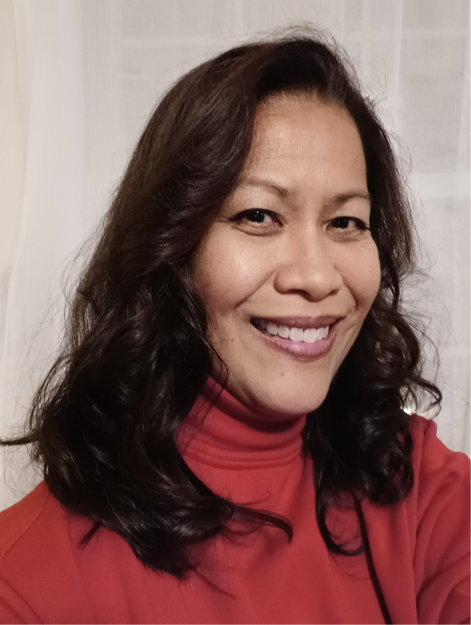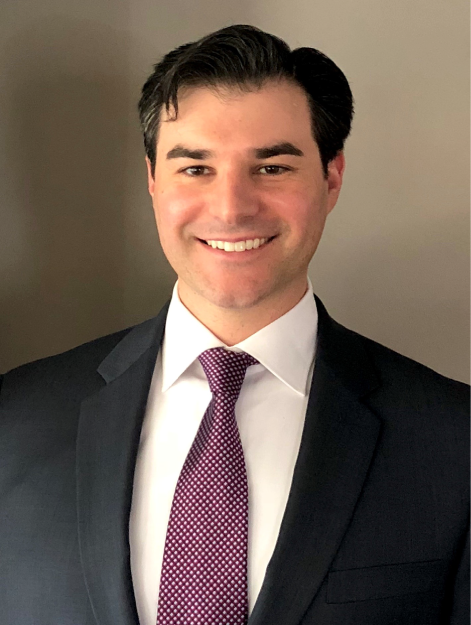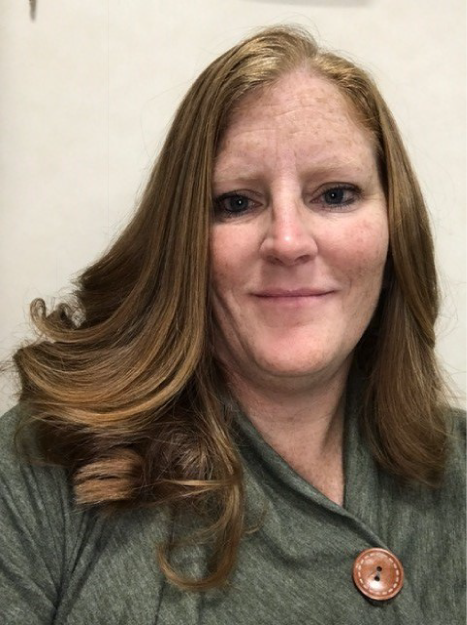The Customer is King: OIT Applies HCD to Hiring

If Human-Centered Design (HCD) should be embedded into every aspect of OIT, why not start with the hiring process? That way, new employees will experience an HCD-infused workplace from their first interaction with the office.
Focused on continuing improvements, the OIT Front Office asked the IT Capital Planning Group (ICPG) to look into an HCD approach to help smooth some of the rough edges around OIT’s hiring processes and reduce timelines for filling open positions.

ICPG's Senior Technical Advisors Rachel Schreiber and Reggie Powell set out to explore methods of replacing labor-intensive manual capture of business process steps data with quicker, automated, transparent processes. To succeed, they needed the input of people who actually hire staff in OIT. Only by understanding the parts of the process that worked well, and those that could be improved for hiring managers, could they begin to consider changes.
The Human Touch
Schreiber and Powell hosted two virtual HCD sessions with a total of 39 OIT hiring managers and hiring SMEs in November 2022. During those sessions, participants listed what works well and recurring pain points on virtual “sticky notes” in an online whiteboarding tool, Mural. Then they clustered the “sticky notes” into themes before prioritizing them. After distributing recordings of the sessions to attendees for one last round of feedback, the project team synthesized all the feedback into a summary finding report for the OIT Front Office.

To say that participants pushed “sticky notes” around a virtual bulletin board doesn’t really do the activity justice, however. Just because someone is participating in an activity does not mean they are truly engaged. The special sauce was in the conversations that participants had while they were sorting through their thoughts about hiring.
“Keeping the conversation on topic and in scope, while allowing the participants the feeling of being heard takes great facilitator skill,” says Powell.

If that’s the case, IT Capital Planning Group Director Cora Tracy thinks the sessions hit the mark. “I really enjoyed the sessions!” she says. “The facilitator kept the conversation moving and listened.”
That facilitator was HCD contractor, Matthew Robinson, who has been conducting HCD activities in federal workspaces for 11 years.
Trust is a Must
Robinson explains that, in order for HCD feedback sessions to be effective, he needs to build trust with his participants. He pinpoints three key components of trust-building:
- Setting the context - Communicate with participants why we are doing this research, what outcomes we are hoping to achieve, and who will be impacted.
- Follow-up and Transparency - Participants should know how their input will be utilized, when they may see outcomes, and when they may be asked to be involved in the future.
- Authenticity and Openness - Stakeholders should feel like they can give real-time feedback, ask questions freely, and speak their minds without the fear of getting shut down by anyone in the session.

There are crucial moments for foregrounding these components – like setting the context at the start of the sessions – but Robinson also makes sure to return to all of them throughout his activities. He explains that consistent attention to trust-building merits the most robust feedback.
“We invite research participants because of their expertise and insights,” Robinson says. “We want it! That’s why we assure them that their voices are heard and considered seriously.”
Customer-First
One method that Robinson employs to enrich customer feedback is asking clarifying and probing questions.
“If you were king or queen for a day, what would be your highest priority?” Robinson asked when hiring managers and SMEs were ranking their concerns.
“It’s really about the voice of the customer and doing whatever you need in terms of conversation to deeply empathize with them,” Robinson says, “We have all encountered systems – maybe paying a bill – where it’s confusing, you don’t know what to do, the website times out, it doesn’t work on your phone. What do human users need?”

Business Operations Group (BOG) Deputy Director Gabe Veneziano endorses this approach. “Because the facilitator was impartial to the process and the stakeholders, he had the ability to ask clarifying questions to better understand the feedback that was generated,” Veneziano says. “The facilitator also bucketed thoughts so conversations could occur around different pieces of the hiring process, which helped generate both ideas and concerns in a simple and clear manner.”
BOG Director Wendy Wells says, “This exercise helped identify minor pieces that we didn’t think about. It also gave us an opportunity to hear from our customers.”
Built to Last

The collaborative relationships built during HCD sessions should continue to pay dividends in the future.
Says Schreiber, “Ensuring open lines of communication with session participants not only provides insight into the hiring process, but also participant engagement, buy-in, and continued support of the initiative.”
After the Front Office approves the HCD findings, the project will move into a next phase where potential solutions are identified, prototyped and tested, completing the HCD cycle.
As Schreiber puts it, “Business solutions are much better and successful at improving outcomes when the voice of the user is incorporated into every phase of the design process.”

